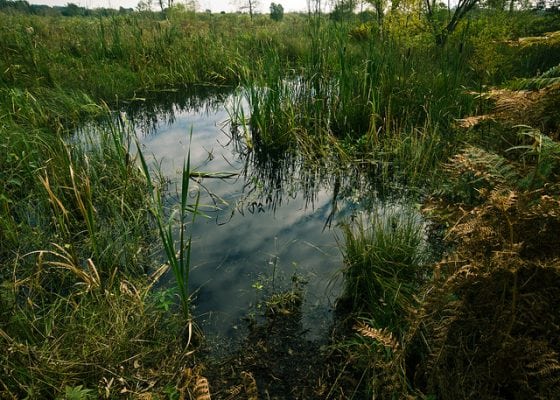- Created: August 28, 2012 10:32 am
- Updated: December 12, 2017 11:02 am
- Distance Instructions
- Distance 0 m
- Time 0 s
- Speed 0.0 km/h
- Min altitude 0 m
- Peak 0 m
- Climb 0 m
- Descent 0 m
The rare marsh fritillary and delicate green hairstreak butterflies vie with 17 other species for a place in the sun. The range of dragonfly species, which includes the rare Irish damselfly, is one of the best in Northern Ireland. Surprisingly, pike survive in many of the small pools where hunting mink or even an occasional otter may be spotted.
Winter rains regularly inundate large tracts of the site for weeks on end and the flocks of duck that often accompany the floods are ever watchful for wandering birds of prey. (source DOE NI)
Gallery
The rare marsh fritillary and delicate green hairstreak butterflies vie with 17 other species for a place in the sun. The range of dragonfly species, which includes the rare Irish damselfly, is one of the best in Northern Ireland. Surprisingly, pike survive in many of the small pools where hunting mink or even an occasional otter may be spotted.
Winter rains regularly inundate large tracts of the site for weeks on end and the flocks of duck that often accompany the floods are ever watchful for wandering birds of prey. (source DOE NI)


